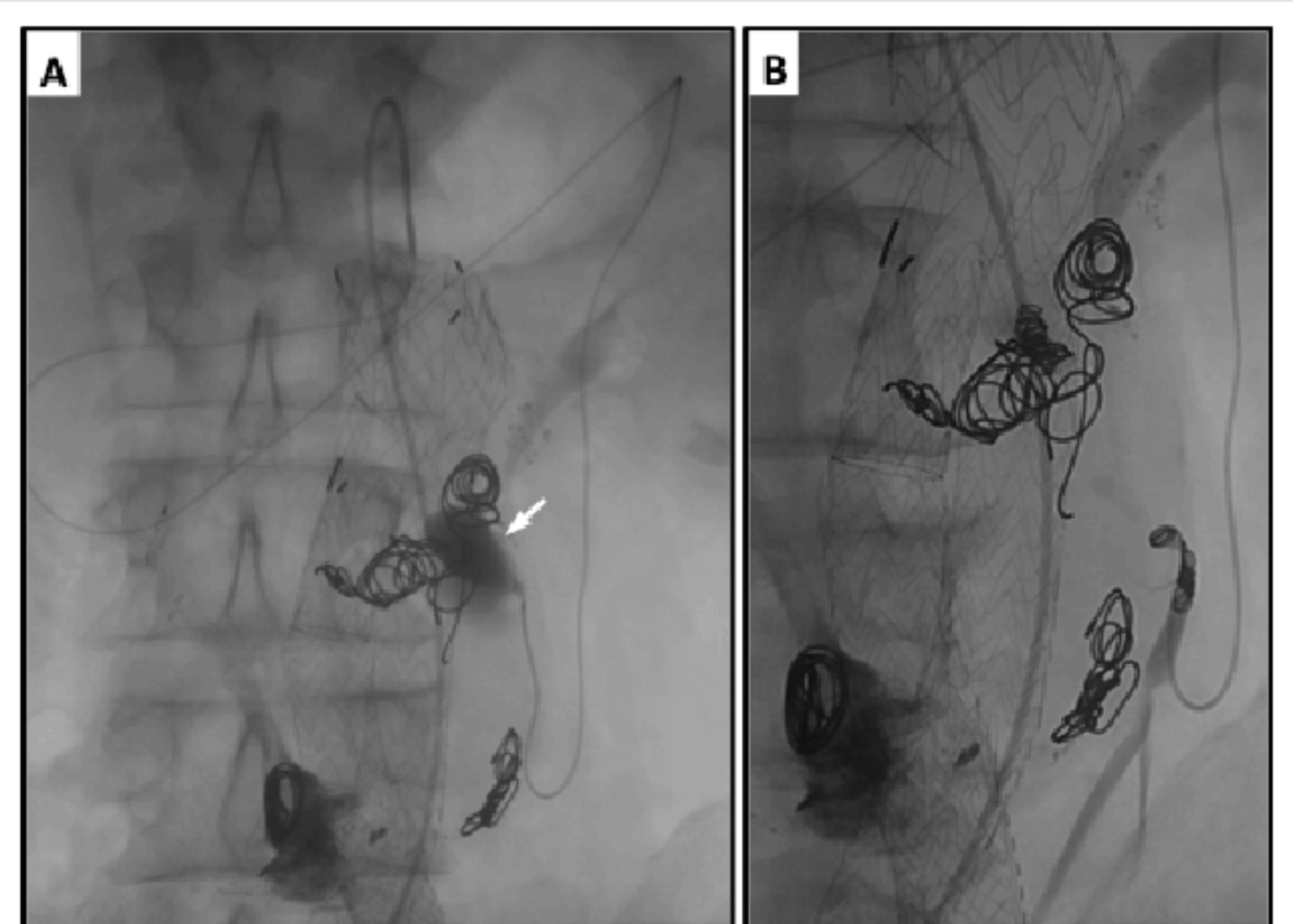Introduction
In a testament to Burjeel’s advanced interventional capabilities, a complex endovascular procedure was successfully performed to treat a potentially life-threatening vascular complication. This case study highlights the cutting-edge techniques employed by our interventional radiology team to manage an inferior mesenteric artery pseudoaneurysm in a critically ill patient.
Patient Presentation
The patient presented with a complex medical profile including several critical conditions:
- Inferior mesenteric artery pseudoaneurysm
- Pseudomonas pneumonia
- Respiratory failure requiring tracheostomy
- Sepsis
- Gastrointestinal bleeding
- Additional comorbidities including moderate open-angle glaucoma, bilateral dry eye syndrome, and thyrotoxicosis
This constellation of conditions presented significant challenges for treatment, requiring a multidisciplinary approach and minimally invasive techniques to minimize procedural risk.
Procedural Technique
The interventional team, led by Dr. Mohamed Almarzooqi, Medical Director & Consultant in Interventional Radiology, with anesthesia support from Dr. Sivan Pillay Azhagappan, performed a selective mesenteric angiography with transcatheter coil embolization.
The procedure involved:
- Ultrasound-guided vascular access via the right common femoral artery
- Insertion of a 6F vascular sheath
- Selective catheterization and angiography of multiple vessels:
- Superior mesenteric artery
- Right and left ileocolic arteries
- Inferior mesenteric artery (IMA)
- Identification of a pseudoaneurysm in the IMA, located a few centimeters from its origin
- Navigation past the aneurysm using a micro-catheter and microwire system
- Precise deployment of embolic coils to exclude the aneurysmal segment
- Confirmation of successful treatment with post-procedure angiography showing no residual flow into the aneurysm
- Hemostasis achieved using an Angio-Seal closure device
The patient tolerated the procedure well, despite the complex underlying medical conditions.
Clinical Significance
Mesenteric artery pseudoaneurysms represent rare but potentially catastrophic vascular lesions that can lead to life-threatening hemorrhage if left untreated. Traditional open surgical repair carries significant risks, particularly in critically ill patients with multiple comorbidities. Transcatheter embolization offers a minimally invasive alternative with reduced procedural morbidity while effectively treating the underlying vascular pathology.
Burjeel’s Endovascular Capabilities
This case exemplifies Burjeel’s commitment to providing advanced interventional services across its network. With state-of-the-art facilities including:
- 7 catheterization laboratories
- 1 bi-plane catheterization laboratory
- Hybrid operating rooms
- Advanced imaging systems
The healthcare network is equipped to handle complex endovascular procedures that require specialized expertise and cutting-edge technology.
Conclusion
The successful management of this complex case demonstrates the high level of interventional capability available at Burjeel facilities. Through the application of advanced endovascular techniques, the interventional team was able to effectively treat a potentially life-threatening condition while minimizing procedural risk in a medically complex patient.


